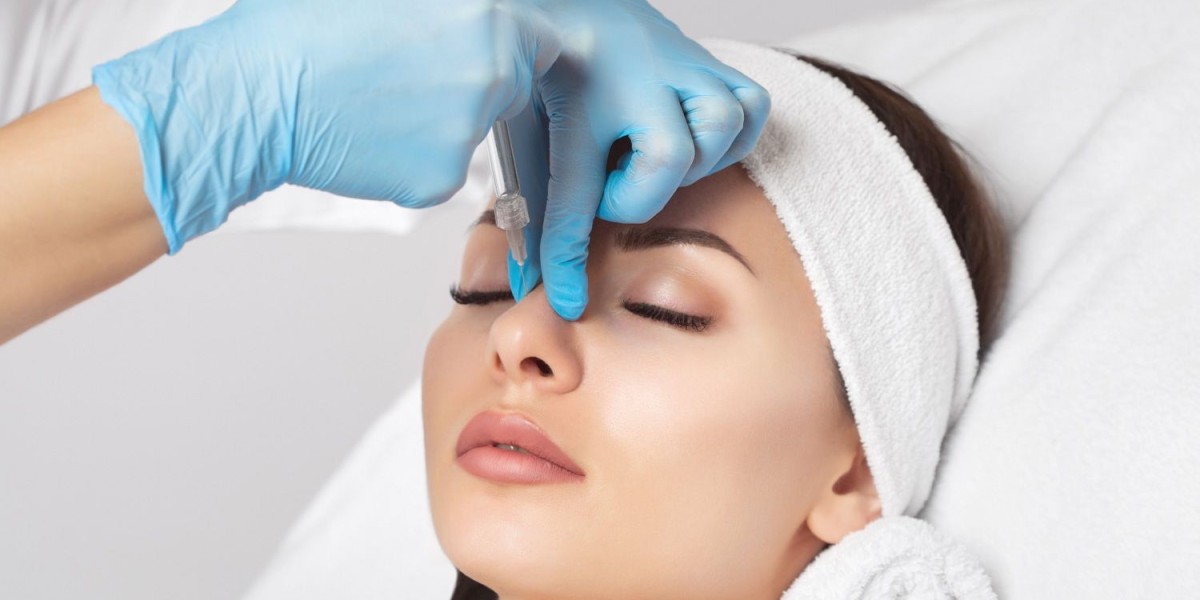The Non Surgical Nose Job in Islamabad has become a preferred choice for individuals who want to enhance the shape and symmetry of their nose without undergoing invasive surgery. This procedure, also known as liquid rhinoplasty, involves the use of dermal fillers to improve nasal contours, lift the nasal tip, or smooth out bumps. While it is widely considered a safe and effective option with minimal downtime, it is important to acknowledge that, like any medical aesthetic treatment, there is a potential for things to go wrong. Understanding these risks and how they can be mitigated is critical for anyone considering the treatment. In Islamabad, several reputable clinics offer this procedure, and patient safety is closely tied to the experience of the practitioner and the quality of care provided.
Understanding the Non-Surgical Nose Job Procedure
Before discussing what can go wrong, it’s essential to understand how the procedure works. A non-surgical nose job typically involves the injection of dermal fillers—usually hyaluronic acid—into specific areas of the nose. These fillers help reshape the nose, correct asymmetries, and create a more balanced appearance. The procedure usually takes 15–30 minutes and is performed in a clinical setting with topical anesthesia.
Though the treatment is minimally invasive and does not involve cutting, stitching, or general anesthesia, complications are still possible, particularly when the procedure is performed by inexperienced or unqualified individuals.
What Can Go Wrong in a Non-Surgical Nose Job?
Despite its non-invasive nature, several complications can arise if the treatment is not administered correctly. These include both mild side effects and more serious risks.
1. Vascular Compromise (Vascular Occlusion)
This is one of the most serious complications. If the filler is inadvertently injected into a blood vessel, it can obstruct blood flow to surrounding tissues. The most alarming scenario is when filler enters the dorsal nasal artery, potentially affecting blood flow to the eyes and even leading to vision loss in rare cases.
Signs of vascular compromise may include:
Sudden pain
Skin blanching (turning white)
Coolness of the skin
Discoloration or bruising
Immediate action, such as the administration of hyaluronidase (to dissolve the filler), can sometimes reverse the damage if detected early.
2. Skin Necrosis
This occurs when the skin begins to die due to inadequate blood supply following vascular occlusion. Though rare, it can lead to permanent scarring. It typically starts with severe pain, discoloration, and blistering of the skin.
Early intervention is key to preventing long-term damage. This is one reason why a trained practitioner with emergency protocols is essential.
3. Asymmetry and Poor Aesthetic Outcome
A common concern, though less medically dangerous, is an unsatisfactory cosmetic result. If the filler is unevenly injected or placed inaccurately, it may result in:
A crooked appearance
Lumps or bumps
An unnatural or “overfilled” look
Such results can typically be corrected by a skilled injector, either through touch-up sessions or, in the case of hyaluronic acid fillers, dissolution.
4. Infection
As with any injectable procedure, there is a risk of infection at the injection site. Infections can occur if the procedure is not performed under sterile conditions or if aftercare instructions are not properly followed. Redness, swelling, pain, and warmth at the injection site may indicate infection.
5. Prolonged Swelling or Bruising
Mild swelling and bruising are normal after the treatment, but in some cases, these symptoms may persist longer than expected. This can be due to sensitive skin, improper injection technique, or trauma during the procedure.
6. Allergic Reactions
Though rare with hyaluronic acid-based fillers, allergic reactions can occur. Symptoms may include redness, itching, and localized swelling. It’s important to inform the practitioner of any history of allergies or sensitivities prior to treatment.
Why These Complications Occur
Several factors contribute to the likelihood of a non-surgical nose job going wrong:
Lack of injector experience: The nasal region has a complex vascular structure. Precision is critical.
Poor understanding of facial anatomy: In-depth knowledge is necessary to avoid critical blood vessels.
Use of non-medical grade fillers: Unapproved or low-quality fillers can lead to unpredictable results and increased risk.
Improper technique: Using needles instead of blunt-tip cannulas in certain areas increases the risk of vascular penetration.
Inadequate patient evaluation: Not every patient is an ideal candidate. Proper consultation and assessment are essential.
How to Minimize the Risk of Complications
While risks exist, they can be minimized significantly through the following precautions:
Choose a board-certified and experienced practitioner: Ensure the injector has advanced training in facial anatomy and filler techniques.
Verify clinic credentials: The clinic should follow proper medical protocols and maintain sterile environments.
Ask about the filler: Only FDA-approved fillers should be used.
Ensure proper consultation: A thorough evaluation, including your medical history and goals, helps prevent unsuitable treatment.
Follow aftercare instructions: Post-treatment care plays an important role in avoiding complications like infections or bruising.
Is It Safer Than Surgical Rhinoplasty?
Non-surgical nose reshaping carries significantly fewer risks compared to surgical rhinoplasty. There is no cutting, no general anesthesia, and minimal downtime. However, the perception of safety should not lead to complacency. Just because it is “non-surgical” does not mean the procedure is without consequence. It still requires medical knowledge, technical precision, and a sterile, professional environment.
What to Do If Something Goes Wrong
If you experience severe pain, visual disturbances, skin discoloration, or any concerning symptoms after your procedure, you should seek immediate medical attention. A well-equipped clinic will have the tools and medications necessary to handle such emergencies, including hyaluronidase and protocols for managing complications.
Conclusion
A non-surgical nose job is a popular and effective alternative to rhinoplasty for those seeking minor cosmetic adjustments without surgery. While generally safe when performed by trained professionals, the procedure can go wrong if handled improperly. Understanding the risks and being proactive in selecting the right clinic and practitioner is the most important step in ensuring your safety.






